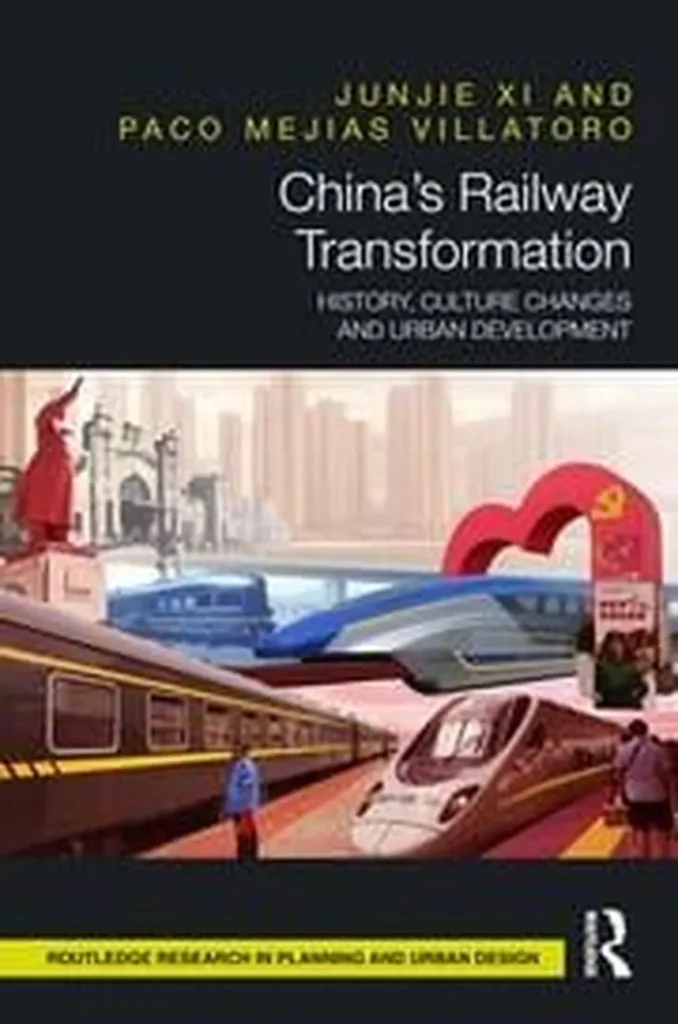In the heart of China, an old railway line is not just a relic of the past but a treasure trove of cultural genes waiting to be unlocked. Qi Li, a researcher from Beijing Jiaotong University, has been delving into the Zhengtai Railway, specifically the Shijiazhuang section, to uncover the intrinsic cultural elements that could shape the future of heritage conservation and adaptive reuse.
Railway heritage, as Li explains, is more than just tracks and stations. “It’s a dynamic cultural system, a material carrier, and a historical witness,” she says. Her research, published in the Journal of Asian Architecture and Building Engineering (known in English as the Journal of Asian Architecture and Building Engineering), proposes a systematic approach to identify, deconstruct, and reconstruct the cultural genes embedded within railway heritage.
The study employs a structured methodological framework, integrating clustering analysis with grounded theory, to extract and classify both explicit and implicit cultures. The explicit cultural genes of the Zhengtai Railway are found in its spatial environment, primary relics, linear remains, and transportation activities. Meanwhile, the implicit cultural genes encompass historical narratives, spiritual significance, regional characteristics, and social revitalization.
This research is not just about understanding the past; it’s about shaping the future. Li’s findings could have significant commercial impacts, particularly in the energy sector. As cities around the world grapple with sustainable urban development, the adaptive reuse of railway heritage could provide a blueprint for balancing progress with preservation.
Li’s comprehensive strategy for revitalization and utilization emphasizes heritage protection mechanisms, the co-creation of cultural value, and enhanced experiential engagement. This approach could inspire similar projects worldwide, contributing to broader discussions on cultural heritage conservation and sustainable urban development.
As Li puts it, “This research provides a methodological reference for the identification and adaptive reuse of railway heritage.” It’s a call to action, a challenge to see the past not as a constraint, but as a catalyst for innovation. The Zhengtai Railway is just the beginning. The lessons learned here could echo through the corridors of time, shaping the cities of tomorrow.

